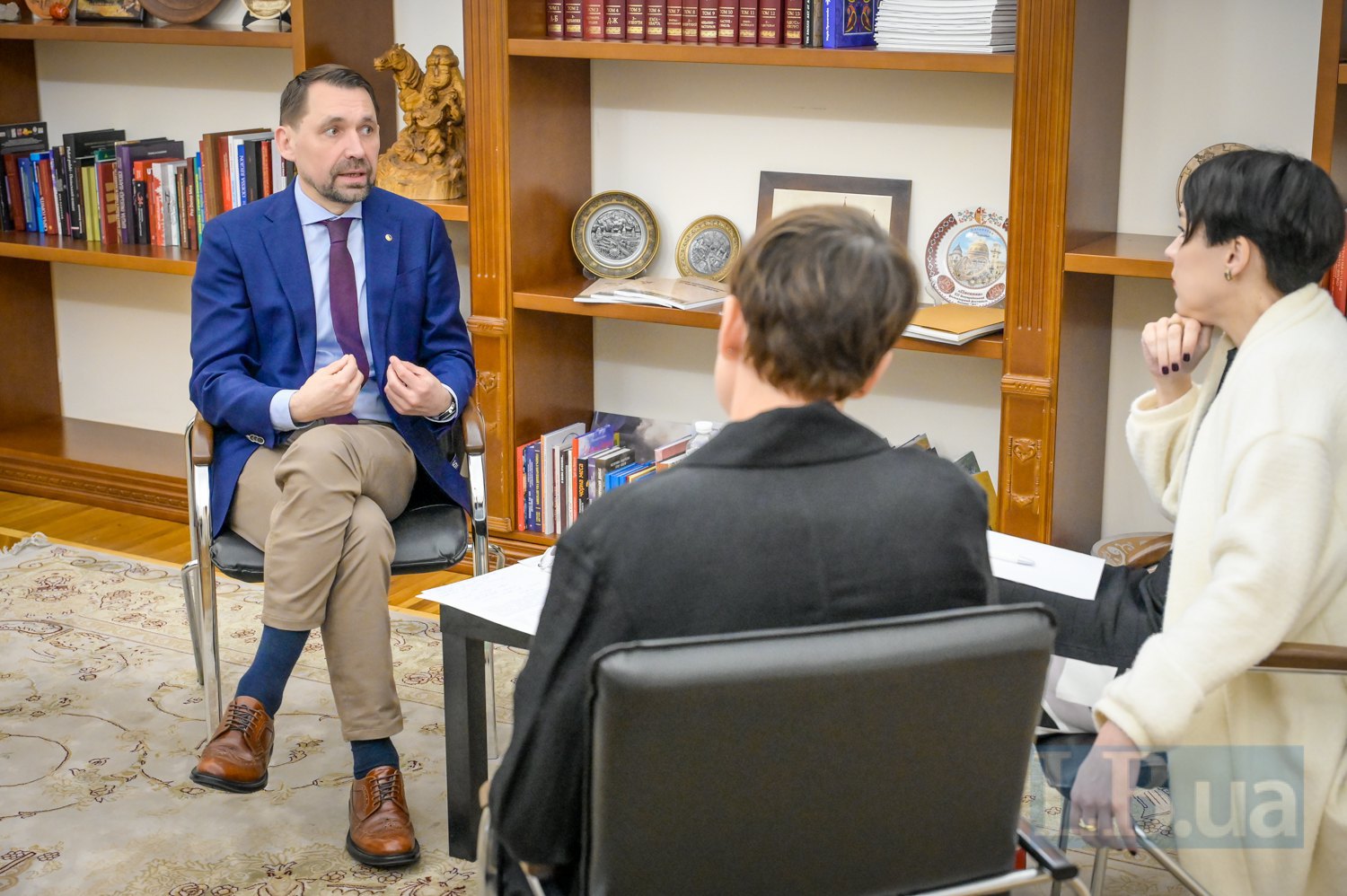
Sonya Koshkina: It is difficult to overestimate the role of cultural diplomacy in times of war, and one of the four goals of the Strategy for Cultural Development until 2030 — “Integration into the global cultural space” — is dedicated to it. What do you see as the priority vectors and areas of the Ministry’s work in this regard?
Mykola Tochytskyy: I would like to begin by expressing my gratitude to our European colleagues, as we were able to develop this strategy collaboratively. It was adopted by the Cabinet of Ministers in March this year. This is an action plan which all of us must follow. The background to the strategy is the President’s address to the Verkhovna Rada, in which he introduced the concept of “cultural sovereignty” when presenting the Sustainability Plan.
This represents a completely new approach to understanding culture. It is no secret that culture has largely been seen as a sphere of leisure. However, the head of state now speaks of culture as a vital means of shaping worldviews, a mechanism for transforming society, and a resource for resilience and development. This signifies a shift in philosophy — from the Soviet approach to strategic planning.
It is especially important to us that the strategy is discussed at the local level, with cultural actors and international partners. Both the European Union and our national experts were actively engaged in its development. Reflecting the message delivered by the President, we have established four main goals within this strategy: strengthening human capital through cultural practices; the protection and enhancement of cultural heritage; the development of a sustainable cultural ecosystem; and, as you have mentioned, integration into the global cultural space.
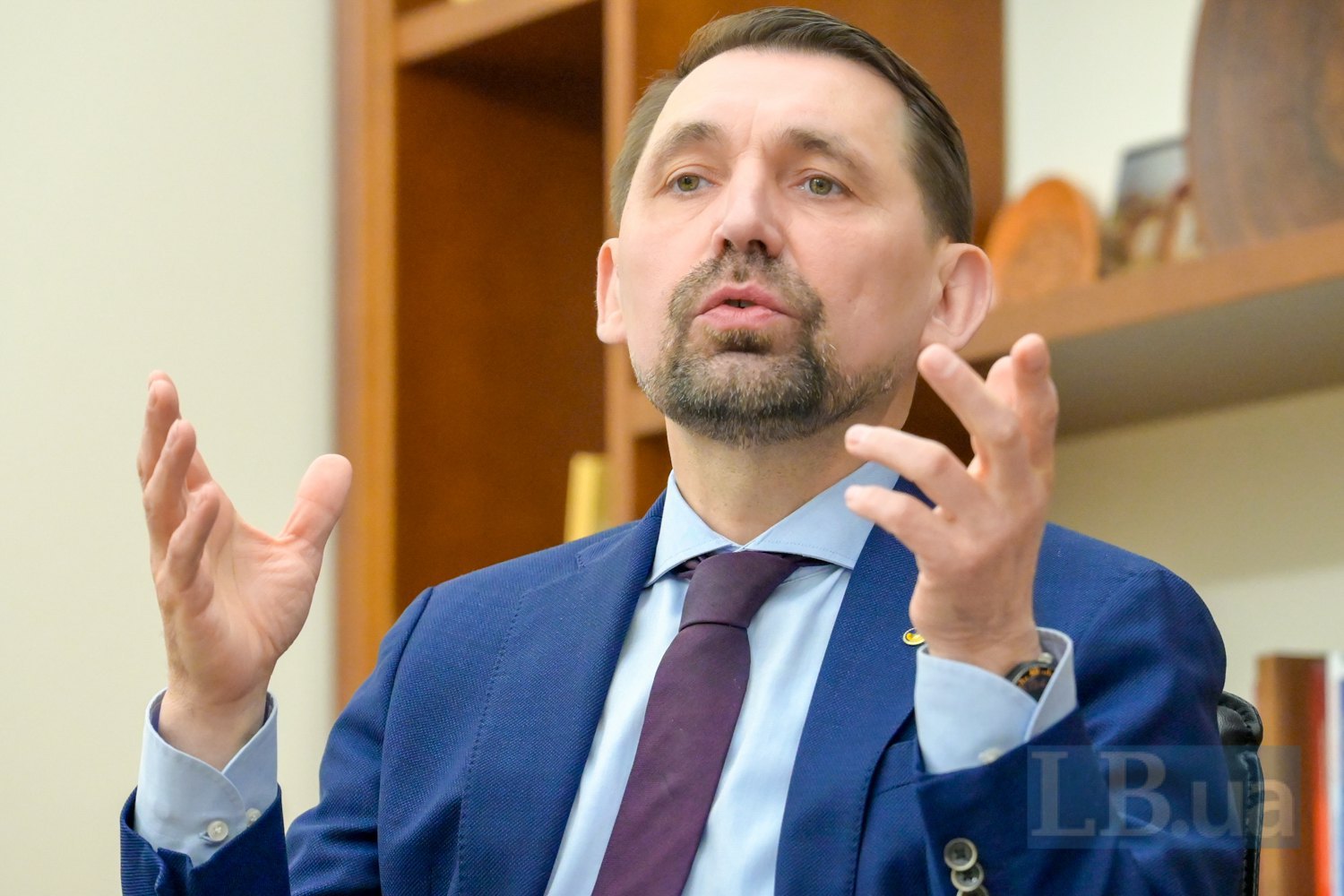
Kseniya Bilash: You mentioned the President’s declaration on cultural sovereignty. In the fourth year of the full-scale war, our society seems to have developed an understanding of culture as part of national security. But is this reflected in real changes within state structures? For example, the National Security and Defence Council includes the President of the National Academy of Sciences, but no representative of the Ministry of Culture. Do you believe this should be rectified?
We do indeed consider culture a key element of national security, but this does not necessarily mean that the Minister of Culture must be a member of the National Security and Defence Council. As a member of the government, I am not prohibited from raising cultural issues at the level of the NSDC. There is a fully transparent mechanism in place — I can contact the Secretariat, which will process the matter and submit it to the Council for consideration and decision.
What we are speaking of is a deeper, more systemic approach — one that includes financing for culture; the development of regulations to help protect our cultural heritage, particularly from construction; the removal of Russian imperial heritage from both our physical space and our collective consciousness. There is also a need to develop our own high-quality cultural product — one that will help dismantle entrenched Soviet and Russian myths.
S.K.: We recently spoke with the Minister for National Unity, Oleksiy Chernyshov, about the fact that there are 60 million Ukrainians around the world, while only around 30 million remain in Ukraine. I myself lived abroad for a year and can testify to the significant challenges we face in how all these people represent us internationally. The battle against the myths you mentioned — it truly needs to extend beyond our borders. What tools do we have for this?
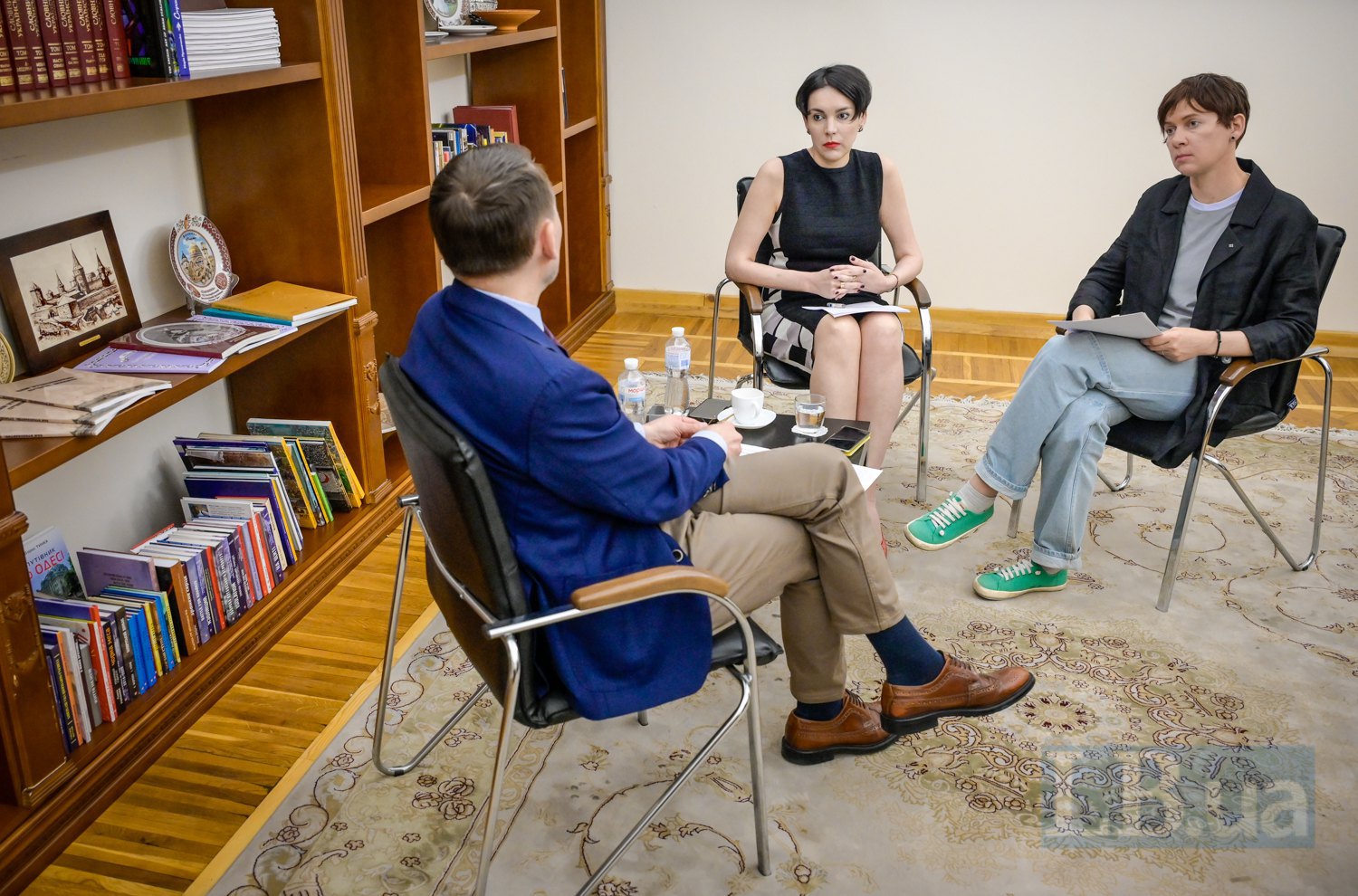
The promotion of our cultural heritage is not solely the responsibility of the Ministry of Culture. We have Ukrainian institutions abroad, the Ministry for National Unity, and the creative industries. Our task is to ensure that our cultural institutions and centres are capable of producing a strong cultural product — and that they have the conditions necessary to promote it effectively. Achieving this requires horizontal cooperation.
We need a network — one in which representatives of European countries can, and are willing to, join us in joint performances and presentations.
K.B.: Is there a demand for cooperation abroad beyond diaspora circles? It is clear that people wish to support us while the war continues — but what about a more sustainable form of interaction?
You know, within Creative Europe— the EU’s cultural funding programme — a project carried out in collaboration with Ukrainians now has a higher likelihood of receiving funding. I believe that the interest in understanding Ukraine will persist for a long time, because we have emerged as a phenomenon. In recent years of the war, we have developed many new and creative avenues of cooperation. Unfortunately, through grief, we are continuing to open ourselves further. Culture will be essential not only in overcoming post-traumatic stress — it will also help us support some of our Western neighbours.
K.B.: I believe the interest in Ukraine is part of the broader European commitment to multiculturalism. There is also curiosity about the culture of the so-called “other Russia”, and while in 2022–2023 there was a temporary suspension of support for Russian projects — and even then, not in all countries — that pause now appears to be over.
I will respond directly: I do not believe in the notion of a “good Russian”. I am convinced that only through our consistent, high-quality presence in the democratic world will we be able to persuade people that Ukrainians, as a political nation, are fundamentally different. Despite having lived within the same Soviet system for over 70 years, we have changed profoundly in the past three decades. This state — this country — has allowed us to become different. And how? Through the values we inherently possessed and have continued to develop: freedom, democracy, the right to be different, the right to speak one’s mind.
In Russia, regardless of who is in power, it remains an empire. If a different Russia is truly desired, then that empire must be dismantled.
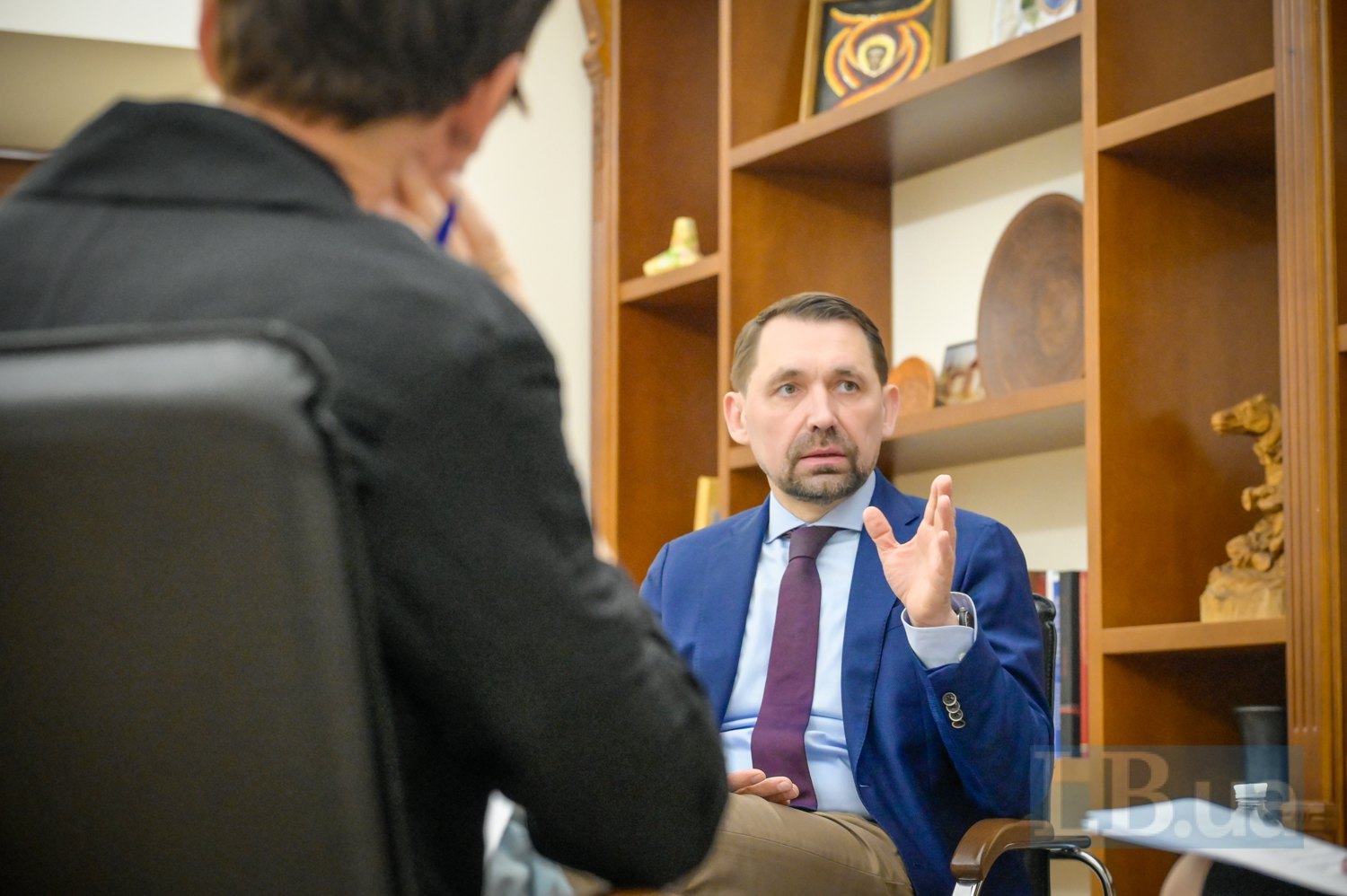
K.B.: The difficulty is that while you and I may not believe in the concept of “good Russians”, many of our Western partners still do.
All the more reason for us to demonstrate that we are different. Not to explain — but to show. And the most effective, compelling way to do that is through culture, art and cinema.
S.K.: Is this enough? Russians operate through universities and religion — they have numerous tools that have been effective for years.
We need to work with all of this, and indeed, we are doing so. Returning to our strategy, one of its key components is the development of critical thinking — not only within Ukraine, but abroad as well. People must be equipped to understand what is happening. Only then, perhaps, will they be able to distinguish Ukrainians from the so-called “good Russians”. This cannot be imposed by political declarations alone.
We are now witnessing the complete breakdown of international law and the collapse of global security institutions. I believe many are beginning to ask why this has happened — and who is responsible. In this context, our task is to help bring clarity and understanding. And there is a demand for this — to refer back to your earlier question. From our sustainability conference in Uzhhorod to the informal meeting of EU ministers of culture on the protection of cultural heritage, Ukraine continues to provide answers. We are being invited to help define what should now be embedded in Europe’s cultural compass — from safeguarding heritage and promoting culture to, once again, nurturing critical thinking.
The challenges we face are so far-reaching that I believe this need will remain urgent for a long time. It is no secret that some Russian architects of the war strategy have begun to say that attacking Ukraine was a mistake — that perhaps they should have started with a more “convenient” country. Meanwhile, some European politicians are beginning to admit that Russia may, eventually, target their own states. In light of this, preparation is not only a matter of military defence — it also involves cultural defence. And Ukraine is now seen as a country with unique expertise in this domain.

K.B.: You mentioned the meeting in Uzhhorod — part of the declaration signed there involves the creation of the Cultural Heritage Fund. Could you explain how it will function, its objectives, and who will contribute to it?
You have asked a crucial question. From the outset of my term as Minister of Culture, the President of Ukraine tasked me with establishing an international cultural coalition — or, if you will, a “cultural Ramstein”. The first such meeting for Ukraine took place in Uzhhorod, where we discussed the problems we face, assessed the damage incurred, evaluated reconstruction needs, and called on our partners to join the coalition (at the time of publication, 31 countries had signed the declaration — Ed.). We emphasised the need to jointly restore Ukrainian and European cultural heritage. This was how the idea of the Cultural Heritage Fund was born.
Our current objective — together with partners such as the EU Commissioner, the European Commission, the current EU Presidency of Poland, and the incoming Presidency of Denmark — is to develop the first model of this fund. We plan to present its mechanisms and details in July at the Ukraine Recovery Conference in Rome. But we already know that this fund will not only serve the restoration of Ukrainian heritage — it will support the renewal of Europe’s cultural landscape more broadly.
Returning to the strategy: we need specialists in restoration, evacuation, and cultural management. Training programmes for such professionals could be financed through the fund — a mutually beneficial initiative. If we require additional resources to produce a film, this fund may also serve as a source — enabling co-productions, which in turn open doors to other markets.
K.B.: This is an interesting initiative, but is our State Film Agency, for example, ready for such cooperation? The government has only recently returned it to the Ministry of Culture, so the film sector was not taken into account when preparing the strategy. Will there be a separate strategy for cinema?
This is both a complicated and a simple question. It’s complicated because, as you rightly noted, the State Film Agency has only recently resumed cooperation with the Ministry of Culture. For instance, we did not take part in the preparation of the budget proposal for the Film Agency or the Dovzhenko Centre — and they did not receive the level of funding they had hoped for.
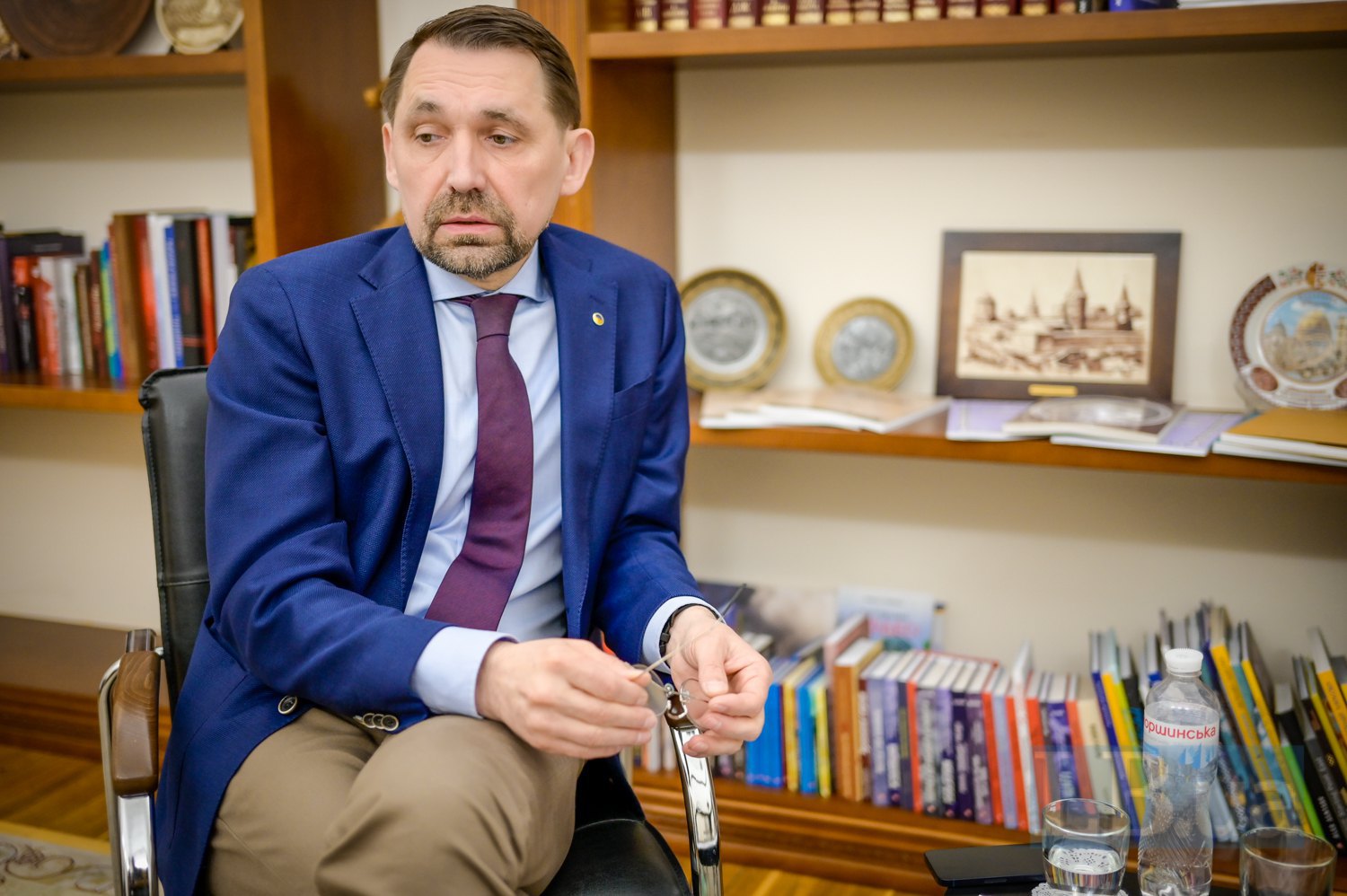
K.B.: With regard to the State Film Agency, the issue is not only how much funding is allocated, but also how it is spent.
Exactly. And this brings us to the simpler part of the answer: we believe that the return of the State Film Agency to the Ministry of Culture will allow for a more integrated approach to the development of cinema — which I consider one of the most powerful tools for representing the country abroad. The real challenge is not just obtaining funds, but being able to use them effectively. One of the greatest problems facing the film industry is the shortage of personnel — and I believe this is one of the sectors most severely affected by the war. Our first task is to support the industry and our educational institutions in developing new approaches — ideally in partnership with international colleagues. That is, in essence, part of implementing the strategy.
K.B.: So if I understand correctly, there won’t be a separate film strategy — rather, professionals in the industry should adopt the spirit and principles of the general strategy and work within its framework?
Precisely. The strategy isn’t a static document that’s been adopted and then shelved. We’ve been in constant dialogue with cultural professionals — and we will continue this process, including within the film sector — to determine how best to respond to the challenges we face. We need a solid legislative foundation, qualified managers, and sustainable funding. At present, our main partners in this sphere are Germany and France. But at a recent meeting with them, it became clear that they are looking for more than just opportunities to provide funding — they want a greater presence here and are interested in co-producing content. That’s exactly what we need: to refine the operational plan slightly and perhaps introduce new elements. Because strategy is about shaping, about direction, you know?
And again, to echo the President’s message: we must move away from outdated Soviet approaches and embrace a new European philosophy. That is the message I’m trying to convey to cultural professionals — including those working in film.
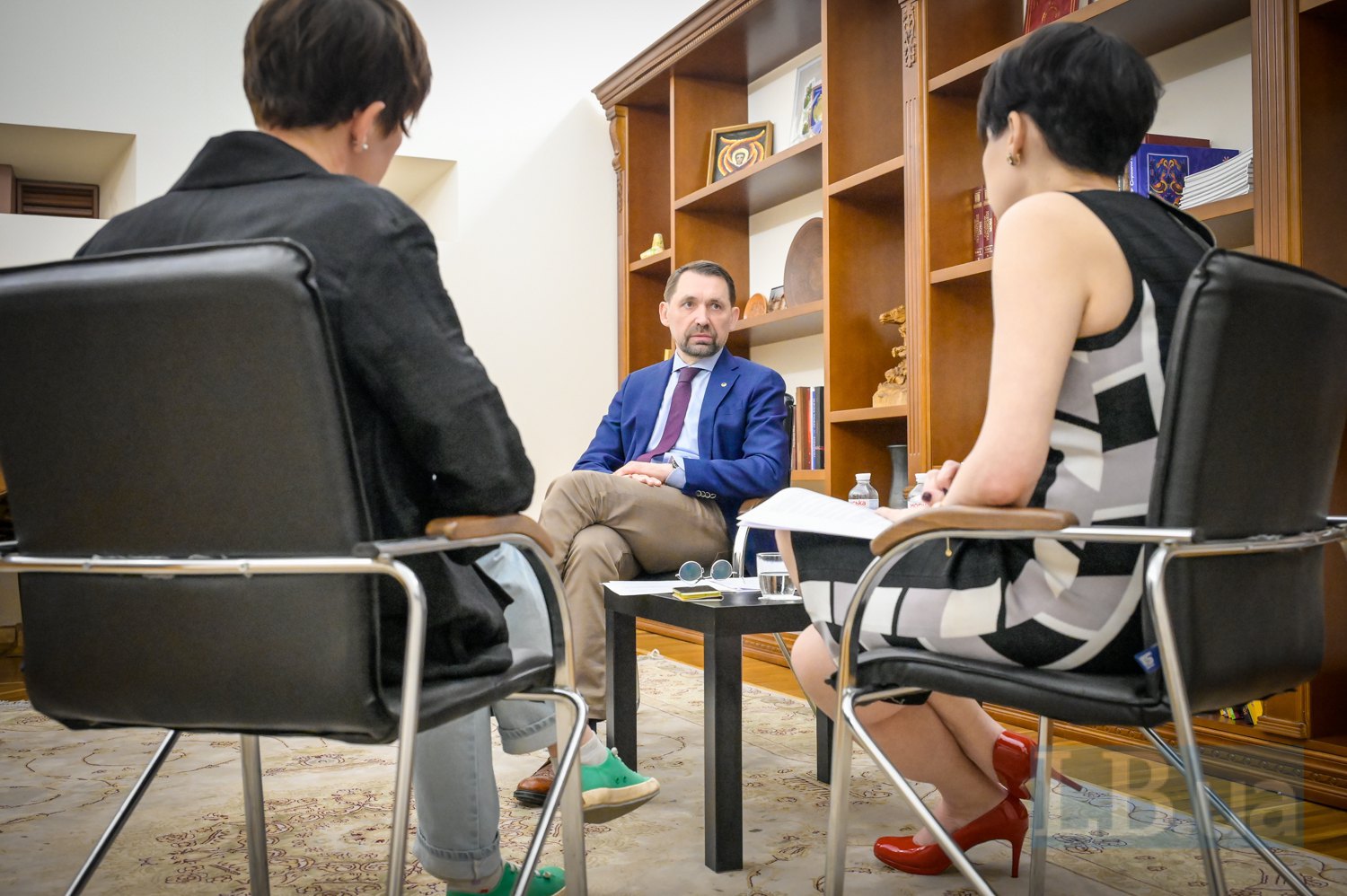
K.B.: I would say that the active segment of our cultural community has long moved beyond the Soviet paradigm — they no longer see culture merely as leisure. Now it feels like the state is finally catching up with what cultural professionals have understood since at least 2014.
You’re absolutely right. When I carried out certain assessments, I saw that the more progressive part of our cultural network has made considerable progress over the last six to seven years. Our task now is to integrate these advancements into the education system through dedicated projects.
S.K.: Let’s return to the Ukraine Recovery Conference. What else do we plan to present there as a country, and what outcomes do we hope to achieve?
Not long ago, my colleague Alessandro Giuli, Italy’s Minister of Culture, and I discussed the title of our panel that will open the conference. We were trying to answer a fundamental question that we — as colleagues, as societies, and as governments — continue to ask: what does culture mean to us? That’s why we chose not just “culture as a basic element of resilience” but rather “culture as a cornerstone of human capital development”. That title, in itself, contains the answer to everything, because each subsequent panel at the conference will also incorporate a cultural dimension. The same applies to the President’s resilience plan — unity, defence, veterans’ policy — all include a cultural component.
So at the conference, our key goal is to send this message clearly to all participants. For instance, if we want to secure contributions to the Cultural Heritage Fund, it’s essential that everyone present understands the significance of culture. We’ll speak about culture as a pillar of both security and sustainability.
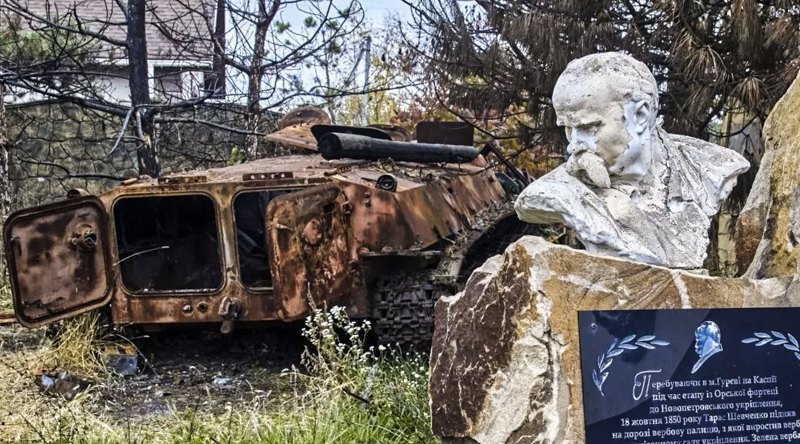
We won’t be able to restore everything we’ve lost without the involvement of the business sector. The RDNA (Rapid Damage and Needs Assessment — a joint assessment by the Ukrainian government, the World Bank Group, the European Commission and the UN) has estimated damages in the cultural sector at $24.4 billion. Over the next 5 to 10 years, we will need at least $10 billion for reconstruction. (For context, Ukraine’s total state budget for culture in 2025 is UAH 10.5 billion.) To find these resources, we need to reach out globally and make it clear that culture is not just a national issue — it is a matter of international security.
We cannot afford to be backward-looking and build Ukrainian culture solely on the foundations of the past. We need to look forward. At the same time, of course, we must preserve and carry into the future everything we still have — all that Russias has not yet destroyed.
K.B.: I can’t help but ask — what is the current status of cultural property evacuations?
It’s an important issue. Our ministry, in cooperation with the Ministry for Communities and Territories Development and the Ministry of Internal Affairs, is supporting regional administrations. The Armed Forces are involved in the evacuation process, for which I’m sincerely grateful. The vast majority of museums have already completed the first two stages of evacuation. I’ve just returned from Zaporizhzhya, and my colleagues have recently been to Sumy, Kharkiv and Dnipro. I can say that they have a clear understanding of what needs to be done.
There is regular communication between all involved stakeholders. After each round of coordination with regional and local cultural institutions, we report to the Cabinet of Ministers, allocate available funding, and determine where we might need to draw on the reserve fund. Every two weeks, the Prime Minister receives updated information not only from ministries but also from local authorities on the ground.
This dialogue is ongoing — though, as you know, it is not made public. I can also say that some challenges remain unresolved, particularly when it comes to large-scale historical artefacts, such as Viking or Cossack boats. How do we move them without compromising their structural integrity? These are difficult questions, but we have dedicated commissions working on them. It’s important to remember that cultural heritage belongs to all citizens, and caring for it is a shared responsibility.

K.B.: Since our main topic is cultural diplomacy, I’d also like to mention the Ukrainian Institute. It’s our key player in this sphere and has been working in the field for seven years. How do you see the cooperation?
We discuss this frequently — I have conversations on the topic almost every week with my colleague, Deputy Foreign Minister Andriy Sybiha (the Ukrainian Institute is under the jurisdiction of the Ministry of Foreign Affairs). My First Deputy, Halyna Hryhorenko, is a member of the Institute’s supervisory board. Recently, the Ministry of Foreign Affairs hosted a presentation of new creative initiatives focused on showcasing the Trypillian heritage, with the Ukrainian Institute’s involvement. So yes, we have been cooperating, and we will continue to do so — both at the institutional level and more horizontally, in the realms of both culture and strategic communications. Frankly, we couldn’t manage without them.
It’s true that, since our joint international events calendar was only recently formalised, some things are still done on short notice. But we work together closely and aim to stay creative.










